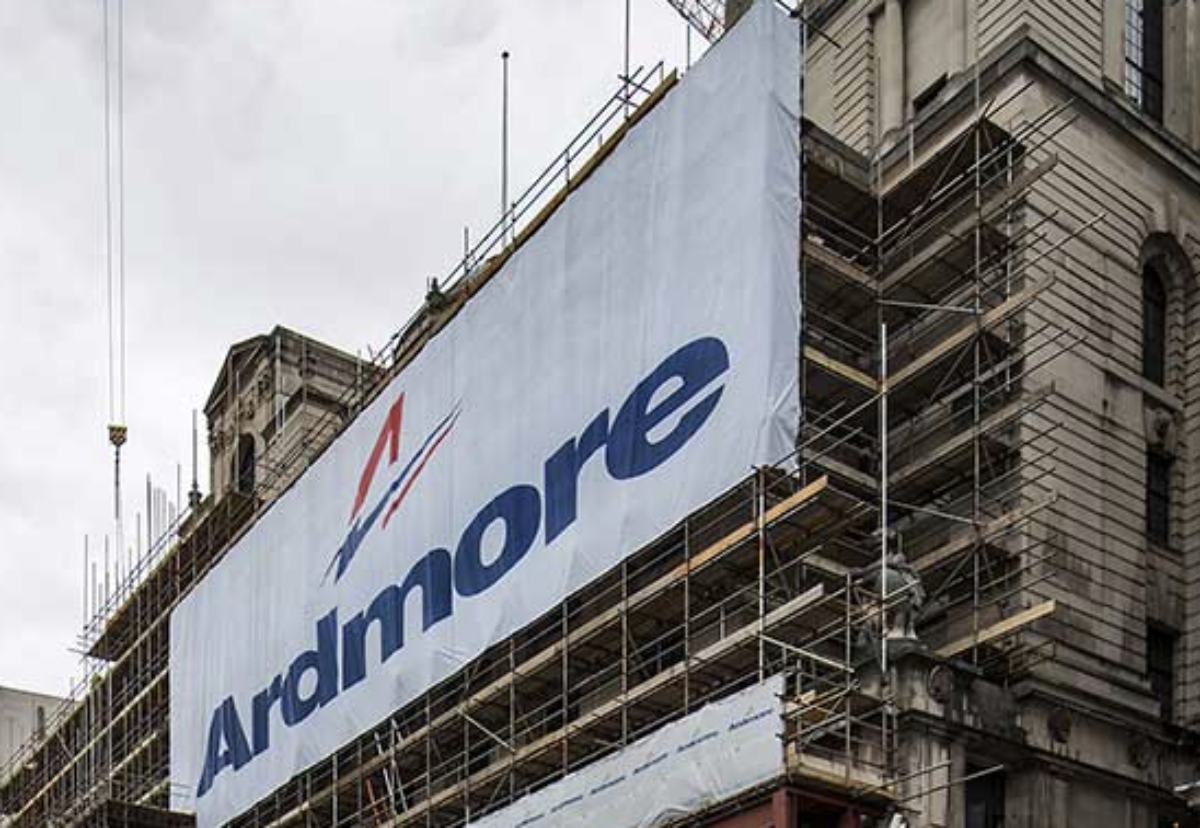
The recent decision in BDW Trading Ltd v Ardmore Construction Ltd [2025] EWHC 434 (TCC) is a significant judgment within the context of Building Safety Act claims, providing the first detailed judicial consideration of the scope and application of Building Liability Orders “BLOs“, clarifying the high threshold for such orders, and setting important boundaries for the purpose of future applications.
Background to the Dispute
BDW Trading Ltd (BDW) engaged Ardmore Construction Ltd (Ardmore) to construct a multi-unit residential development. Following completion, serious defects in relation to fire safety and structural issues were identified, prompting claims under the DPA. BDW sought to recover its remediation costs and pursued Ardmore through adjudication.
Crucially, alongside its substantive claims, BDW also applied to the court for a Building Liability Order (BLO) under Section 130 of the BSA. The purpose of the BLO application was to extend Ardmore’s liability to other companies within the Ardmore corporate group, including Ardmore Group Ltd, which BDW alleged had been involved in or benefited from the project.
What is a Building Liability Order?
BLOs are a powerful new mechanism under the BSA, allowing courts to pierce the corporate veil in relation to liabilities arising from building safety risks. Under a BLO, liability can be imposed on “associated” companies if it is “just and equitable” to do so.
However, until BDW v Ardmore, there had been no detailed judicial consideration of how and when such orders might be granted.
The Court’s Reasoning: Why Was the BLO Refused?
In refusing to grant the BLO, the Technology and Construction Court (TCC) made several key findings:
- High Threshold for “Just and Equitable” – The court emphasised that the statutory test of whether it is “just and equitable” to impose liability on associated companies sets a high bar. The court noted that while the BSA was intended to provide remedies for building safety defects, it does not create an automatic right to pursue associated entities merely because they are part of the same group. The court made clear that there must be clear and specific evidence showing why it is fair and necessary to impose liability on a company that is not a party to the original contract. This may involve showing that the associated company was directly involved in the defective works or that it benefited unjustly from the arrangements.
- No Sufficient Connection Between Ardmore Construction Ltd and Ardmore Group Ltd – The court found that although Ardmore Construction Ltd and Ardmore Group Ltd were part of the same corporate family, there was insufficient evidence to demonstrate that Ardmore Group Ltd had any direct involvement in the construction project. There was no evidence that Ardmore Group Ltd had assumed responsibility for the works, provided direct instructions, or received profits specific to the development. Without such evidence, the court concluded that it would not be “just and equitable” to impose liability on Ardmore Group Ltd.
- No Improper Use of the Corporate Structure – Importantly, the court rejected BDW’s argument that the corporate structure had been used improperly to avoid liability. The judge noted that operating through subsidiaries is a normal and legitimate practice, and without evidence of wrongdoing or evasion of liability, the corporate veil should not be pierced.
Implications of the Decision
The decision in BDW v Ardmore provides much anticipated guidance on the operation of BLOs under the BSA:
- BLOs are not automatic: The court will require detailed evidence linking the associated company to the defective work or demonstrating why it is fair to impose liability.
- Corporate separation is respected: The courts will not lightly ignore corporate structures. The mere fact of association is insufficient.
- High evidential burden: Claimants seeking BLOs must be prepared to present a compelling factual case to meet the “just and equitable” threshold.
Conclusion
While BDW v Ardmore is rightly noted for its affirmation of adjudication’s role in DPA claims, its treatment of Building Liability Orders is perhaps its most significant legacy for those considering action pursuant to the Building Safety Act. The ruling will temper expectations that BLOs can be easily obtained to widen the pool of potential defendants, and it should provide significant comfort to many that the Courts shall in fact adopt a cautious and principled approach, preserving corporate distinction unless there is a strong justification to override it.